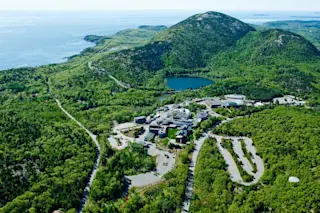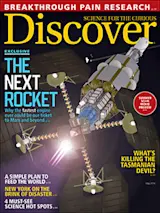Key Largo, Fla. 25°5'11.45"N, 80°26'50.2"W
The indigo waters off Key Largo are teeming with biodiversity, but over-fishing, pollution and climate change are taking their toll. You can strap on scuba gear and help researchers monitor more than 400 fish species affected by human activity by joining REEF in a weeklong diving survey.
Dive Into the Blue: REEF surveys show the goliath grouper (Epinephelus itajara) is making a comeback thanks to international and federal protections. Because the fish can grow to 800 pounds, it takes a long time to reach reproductive maturity. By 1990, after decades of overfishing, the slow-growing grouper had nearly disappeared from local waters. It was listed as critically endangered in 1994 by the International Union for Conservation of Nature. Now, however, while the population is still in recovery, REEF volunteers are almost guaranteed a goliath grouper sighting in certain locations.
Wrecked Reefs: Ship grounding is an ...















